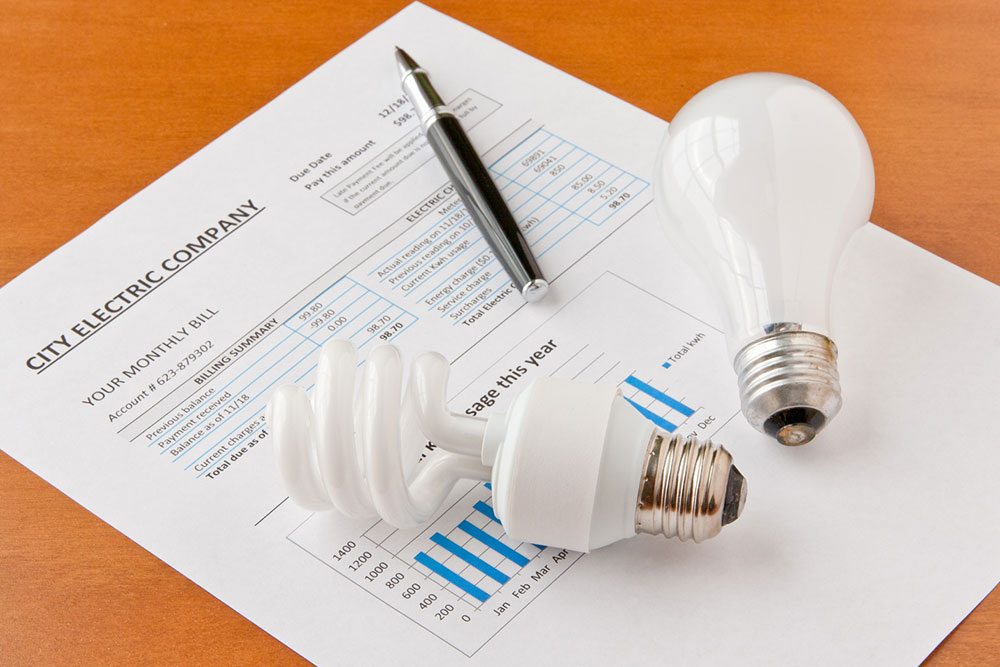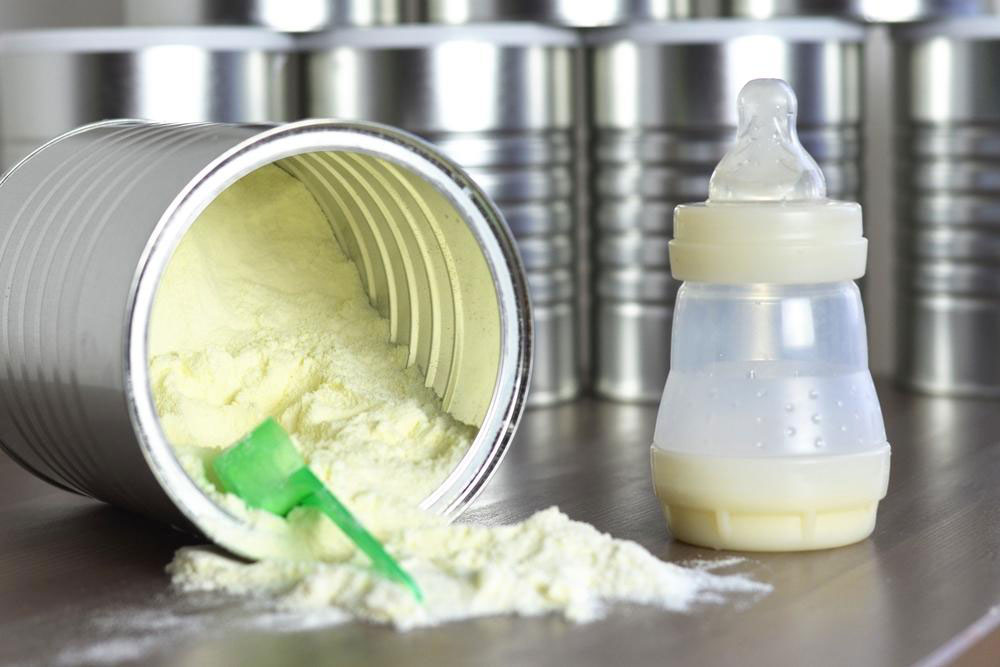Comprehensive Guide to the Top 5 Government Programs for Managing Bill Payments and Utility Costs
Explore the top five government assistance programs designed to help low-income families manage bill payments and utility expenses. This comprehensive guide covers programs like SNAP, LIHEAP, WAP, Lifeline, and ERA, detailing eligibility, benefits, and application tips to alleviate financial hardship and promote stability across your daily living costs.

Comprehensive Guide to the Top 5 Government Programs for Managing Bill Payments and Utility Costs
Navigating financial challenges can be overwhelming, especially when faced with mounting bills and utility expenses. Fortunately, federal and state governments offer a wide range of assistance programs designed to alleviate financial burdens for low-income families and individuals. These programs provide crucial support for everyday expenses, including utilities, housing, nutrition, and communication. Understanding the different options available, including eligibility requirements and application procedures, is essential for maximizing the benefits and ensuring that those in need receive the help they deserve.
Supplemental Nutrition Assistance Program (SNAP): Ensuring Food Security
The Supplemental Nutrition Assistance Program, commonly known as SNAP, is one of the most prominent federal assistance initiatives aimed at reducing food insecurity among vulnerable populations. It offers financial support for purchasing groceries, helping low-income households maintain a nutritious diet. Benefits are distributed via an Electronic Benefits Transfer (EBT) card, which functions like a debit card. Eligible recipients can use their EBT cards at authorized retailers to buy a variety of food items, including fresh produce, dairy products, meats, grains, and even seeds for home gardening. The program's goal is to make healthy food accessible to those facing economic hardships. Eligibility criteria depend on household income, size, and certain expenses, with the average benefit amount around $577 per month for a household of three. This amount can vary based on specific circumstances and state-level adjustments. Proper application and ongoing eligibility verification are vital to continued support, and resources are available to guide applicants through the process.
Low Income Home Energy Assistance Program (LIHEAP): Reducing Energy Costs
Energy bills can constitute a significant portion of household expenses, especially during extreme weather conditions. The Low Income Home Energy Assistance Program (LIHEAP) is federally funded and administered by state agencies to support low-income families in managing heating and cooling costs. Regardless of whether you rent or own your home, if you meet the income qualifications, you may be eligible for assistance. Benefits are typically paid directly to utility providers to offset energy bills and range from approximately $500 to $1,500, depending on household income, size, and energy consumption levels. Since demand for LIHEAP assistance is high, early application submission is crucial, as funding is limited and distributed on a first-come, first-served basis. The program aims to prevent energy shut-offs, aid in home safety, and improve overall living conditions.
Weatherization Assistance Program (WAP): Improving Energy Efficiency in Homes
The Weatherization Assistance Program (WAP) is designed to help low-income households reduce their long-term energy costs through home improvements that increase energy efficiency. Managed by the U.S. Department of Energy, WAP provides grants for upgrades such as adding insulation, sealing leaks, repairing or replacing windows, and modernizing heating and cooling systems. Eligibility typically extends to those earning at or below 200% of the federal poverty level. Priority is often given to vulnerable groups, including seniors, people with disabilities, and large families, acknowledging their increased need for stable and affordable housing. Participating households benefit from reduced energy bills and a more comfortable living environment. The program's focus on preventative upgrades not only saves money but also contributes to environmental sustainability by decreasing energy consumption.
The Lifeline Program: Connecting Low-Income Families
Access to reliable communication services is vital in today's digital age. The Lifeline Program, established by the Federal Communications Commission (FCC), aims to make phone and internet services more affordable for low-income households. Enrolled participants, including those eligible through SNAP, Medicaid, or other assistance programs, receive a monthly discount of $9.25 on their broadband or phone service bills. Although it may not completely cover the entire cost, this subsidy significantly reduces monthly expenses, enabling families to stay connected for employment, education, healthcare, and social purposes. Application procedures are straightforward, and eligible households can apply through participating service providers or official government portals. Ensuring connectivity through Lifeline can be a crucial lifeline in maintaining social ties and accessing essential services.
Emergency Rental Assistance (ERA): Safeguarding Housing Stability
The threat of eviction can add a substantial financial and emotional burden during periods of economic hardship. Emergency Rental Assistance (ERA) programs are designed to support households struggling to meet their rent and utility obligations. These programs often cover unpaid rent, late fees, security deposits, internet costs, and utility bills such as water, gas, and electricity. ERA funds are typically provided through local or federal agencies to prevent homelessness and promote housing stability. Applicants should check their local program guidelines and apply early, as funding is limited and prioritization often depends on urgent need. The application process usually involves documentation of income, lease agreements, and hardship reasons. By offering immediate financial relief, ERA aims to protect vulnerable families from eviction and foster a more stable living environment during tough economic times.
In conclusion, these top five government assistance programs serve as essential resources for individuals and families navigating financial hardships. From ensuring food security with SNAP, reducing energy costs through LIHEAP and WAP, maintaining digital connectivity with the Lifeline Program, to safeguarding housing stability with ERA, these initiatives collectively contribute to improving quality of life and promoting economic resilience. It is highly recommended to explore eligibility criteria, gather necessary documentation, and apply promptly to benefit from these valuable support systems. Staying informed about available resources can make a significant difference in managing financial pressures effectively and maintaining a healthier, more stable life.





